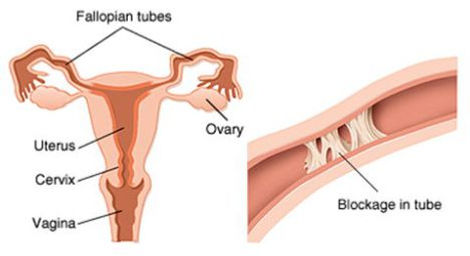
GREATEST
African Herbalist




Traditional healer,sangoma,herbalist,witchdoctor,spell caster,and love physic

HERBS FOR BLOCKED FALLOPIAN TUBES
Women have always had problems with fallopian tubes,once you have problem with the tubes you cannot conceive and sometimes you experience alot of pain because of blockage or infection in your tubes. There are variety of traditional herbs that woman can drink to cure her tubes problems
There are different types of fallopian tube blockages. Because the fallopian tubes have different parts and are a tube, there may be different parts of the tube blocked. Each section has its own name. Doctors have also come to find out that there are patterns of disease or trauma that may affect certain parts of the fallopian tubes more than others.1. Proximal tubal occlusion involves the isthmus. This can occur after infection such as complications from abortion, missed miscarriage, cesarean section or PID. Permanent birth control procedures like Essure block the isthmus.2. Midsegment tubal obstruction of the ampullary is most often due to tubal ligation damage. Tubal ligation is a surgical procedure to permanently prevent pregnancy. Some women who have had tubal ligation change their mind later in life and choose to have this procedure reversed. This can be done surgically and has a 75% pregnancy success rate. Tubal ligation removal comes with its own risk for development of more scar tissue on top of scar tissue already present from the initial tubal ligation procedure.
3. Distal tubal occlusion is the type of blockage that affects the part of the fallopian tube end towards the ovary. This type of blockage is typically associated with hydrosalpinx. Hydrosalpinx is often caused by Chlamydia trachomatis infection, which is a sexually transmitted disease. Untreated Chlamydia is known to cause both pelvic and fallopian tube adhesions.
In less severe cases only the fimbriae may be damaged. They may become stuck together in masses or may be damaged enough to no longer function as they should. As we learned above, the fimbriae have the important role of sweeping the oocyte (ova) into the fallopian tube for fertilization. If they no longer function then the oocyte never makes it to its destination for fertilization.